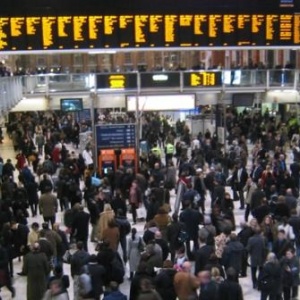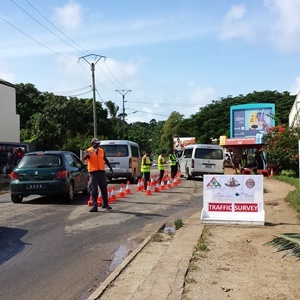Demand forecasting is an important part of the planning and appraisal stage of any transport infrastructure project. Demand is often shared amongst a number of modes; road, rail, and air. Each of which have different characteristics and attractions to different users.
We are experienced in the identification and appraisal of such attributes and have utilised a number of modelling techniques in determining the relative attractiveness of infrastructure proposals.
Our theoretical models are calibrated to ensure that they reflect actual current practice. In all our work, close liaison with transport operators and regulators forms a crucial aspect. This liaison provides us with an insight into current thinking in an area, and will usually provide data that would not otherwise be available. This data is vital in forming an accurate picture of present and likely future activity in a transport corridor.


We are familiar with all types of forecasting techniques. On recent studies we have produced forecasts of future traffic/passenger growth based upon:
These more detailed forecasting frameworks are utilised where particular problems present themselves. Forecasting future traffic growth in newly formed countries may present some challenges:
For more information about our transport planning services email us: info@roughton.com